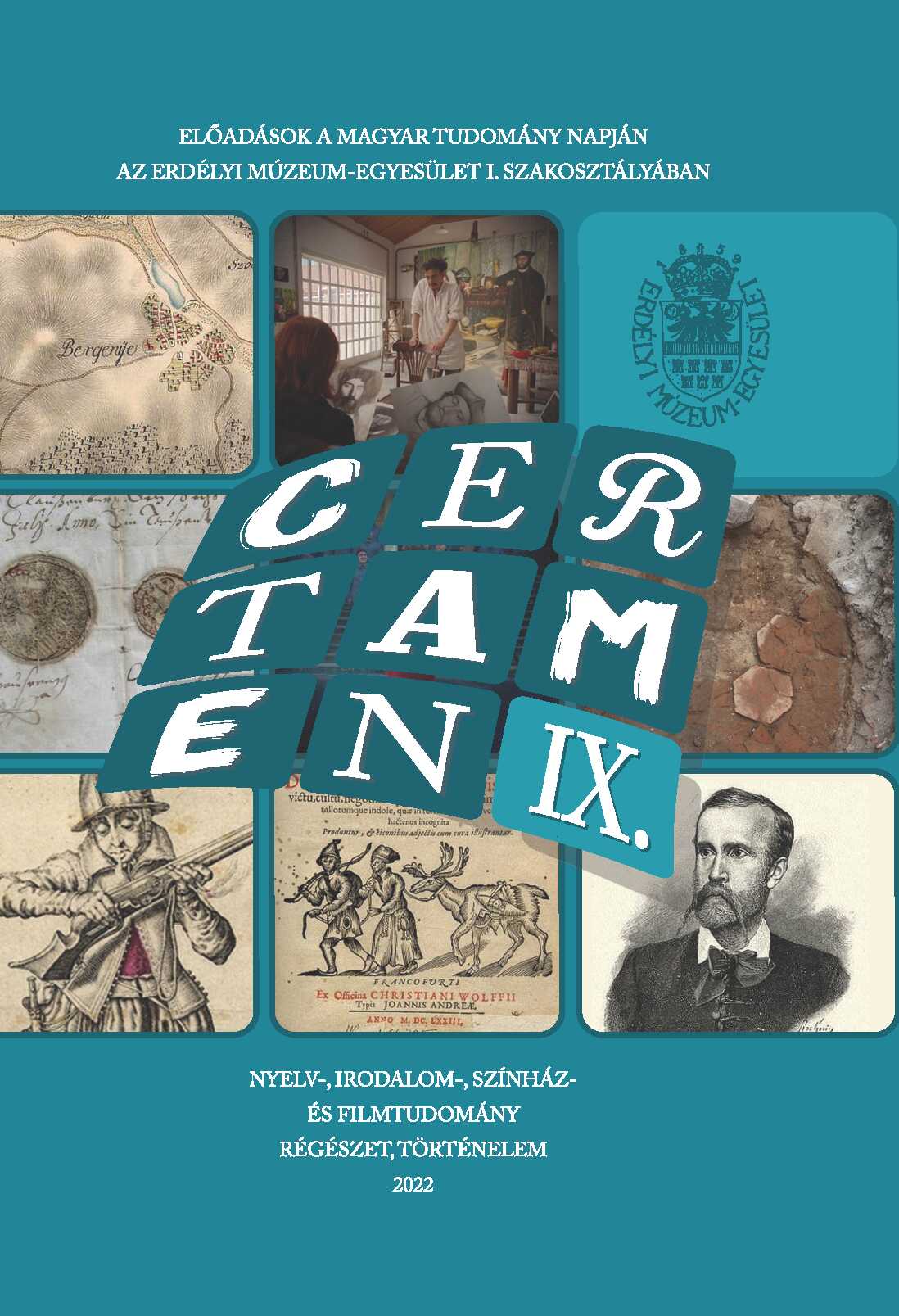Nyelvek és szövegformák, legenda és királytükör között. Illyés András királyéletrajzairól
Between Languages and Genres, Legend and the King’s Mirror. The Lives of the Holy Kings in András Illyés’s Legendary
Author(s): Csilla GáborSubject(s): Hungarian Literature
Published by: Erdélyi Múzeum-Egyesület
Keywords: András Illyés; Pietro Maffei; Ranuccio Pico; hagiographical compendium; metaphrasis; kings of the Árpád dynasty
Summary/Abstract: András Illyés (1639–1712) published his Hungarian language compendium of legends in five parts/volumes between 1682–1683, on the title page referring mainly to „notable authors, in particular Alonso Villegas” as sources. The compendium contains among others the biographies of the Hungarian kings of the Árpád dynasty (Stephen, Emeric, Ladislaus), but as Illyés had worked on his compendium while studying in Rome, he used Italian sources even in the case of the Hungarian protagonists: the hagiograpical compendium of the Jesuit Pietro Maffei (Vite de XVII confessori di Christo) and the mirror for princes by Ranuccio Pico (Specchio de’ prencipi ouero vite de prencipi santi, Oue si leggono Varij essempli, et osseruationi Spirituali, Morali, et Politiche). Illyés also presents the biography of the Jagellon prince Saint Casimir naming him a Hungarian elected king according to Pico. The study intends to analyze the methods of metaphrasis used by Illyés represented by the concept of the volumes following a typology of saints instead of calendar order. It focuses on Maffei’s and Pico’s works in their primary contexts, meanwhile examining the functional changes that occur due to their insertion into the Hungarian legendary, namely the sacralisation of historical interest.
Journal: Certamen
- Issue Year: 2022
- Issue No: IX
- Page Range: 39-56
- Page Count: 18
- Language: Hungarian

